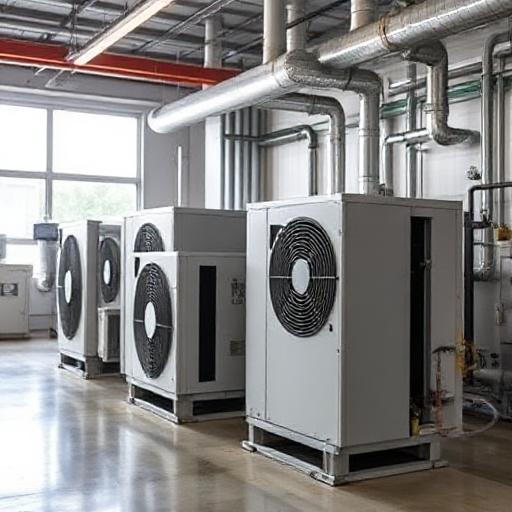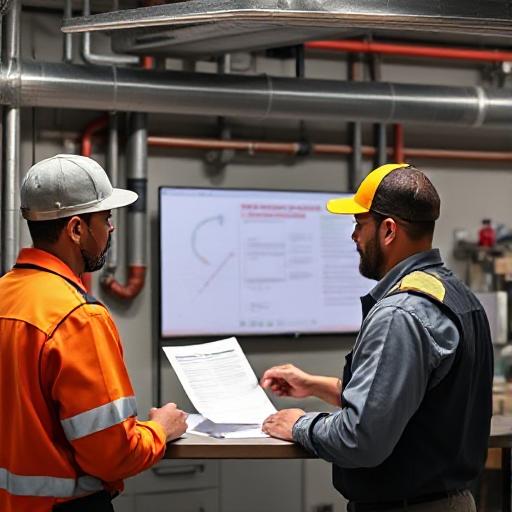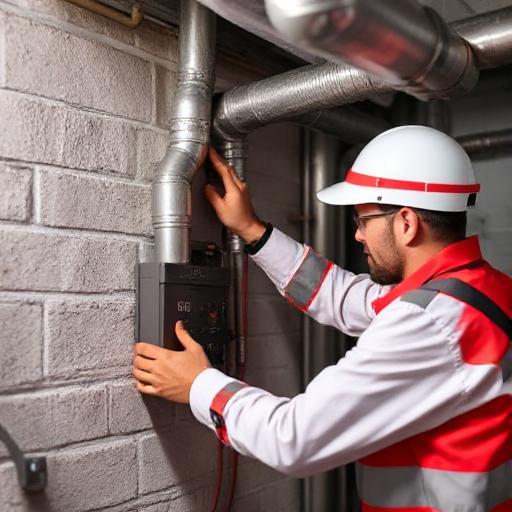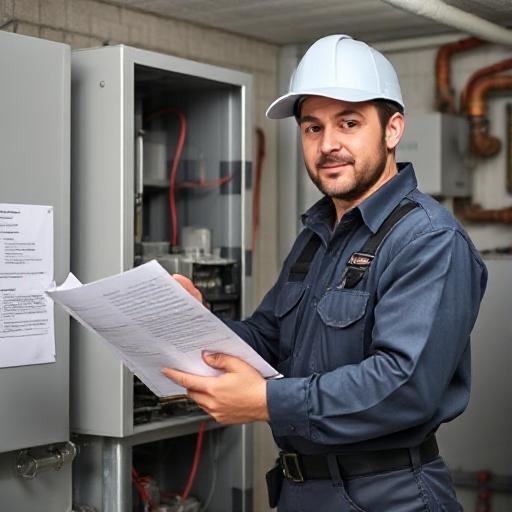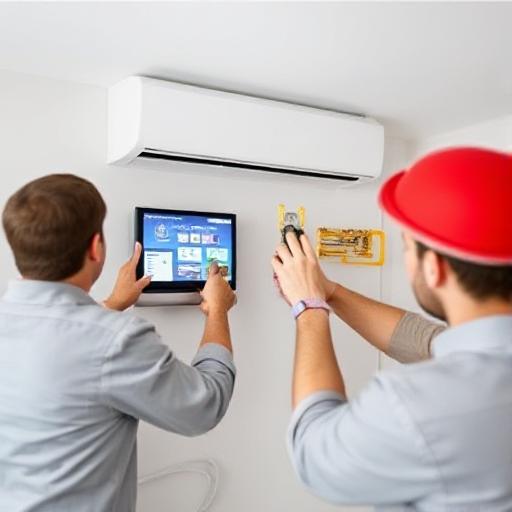Creating Valuable Partnerships with HVAC Educators and Trainers
The HVAC industry is on the brink of a transformation. With the demand for skilled technicians projected to increase by 6% annually through 2032, the need for a well-trained workforce has never been more critical. Yet, the number of certified HVAC technicians has declined by 50% over the past decade. The solution? Building strong partnerships between HVAC educators and industry professionals.
The Growing Need for HVAC Educator Collaboration
As the HVAC systems market is expected to grow from $30.41 billion in 2023 to $49.7 billion by 2030, the industry faces a significant skills gap. Only 20% of HVAC professionals have specialized training in crucial areas such as indoor air quality, energy efficiency, and smart controls. This knowledge gap highlights the importance of HVAC educator collaboration to modernize curriculums and keep pace with evolving technologies.
Integrating Real-World Scenarios into HVAC Training
Hands-on training is a must to prepare students for real-world challenges. By incorporating scenarios like predictive maintenance using sensor data, educators can better equip students for the field. Collaborating with technical partners to upgrade labs with the latest equipment, such as Daikin’s advanced outdoor units, ensures students gain practical experience with current technologies.
Building HVAC Industry Partnerships for Workforce Development
Partnering with manufacturers and distributors is essential for addressing labor shortages and closing the skills gap. These partnerships provide resources for HVAC apprenticeship programs and ensure educators have access to the latest tools and technologies. By fostering these connections, the HVAC industry can develop a skilled workforce ready to meet future demands.
- Establish partnerships with local trade schools and industry leaders.
- Focus on specialized training in energy efficiency, heat pumps, and green refrigerants.
- Integrate hands-on, real-world scenarios into HVAC training programs.
- Upgrade educational facilities with state-of-the-art HVAC equipment.
- Develop HVAC apprenticeship programs to bridge the skills gap.
Conclusion
Creating valuable partnerships with HVAC educators and trainers is crucial for the industry’s future. By collaborating to enhance education and training, we can build a workforce that is not only skilled but also adaptable to the rapidly changing landscape of HVAC technologies. It’s time to invest in these partnerships and ensure a bright future for the HVAC industry.
Ready to take the next step? Join the conversation and connect with local educators to start building these essential partnerships today!
FAQ: HVAC Educator and Industry Partnerships
What are the benefits of HVAC industry partnerships?
Partnerships help bridge the skills gap, provide access to advanced technology, and ensure that training programs are aligned with industry needs.
How can HVAC educators incorporate real-world scenarios into training?
By collaborating with industry partners to access current technologies and by integrating practical exercises that mimic real-world challenges.
Why is there a skills gap in the HVAC industry?
The skills gap is due to an aging workforce and a decline in new, certified technicians entering the field, coupled with rapid technological advancements.
What areas of specialized training are most needed in HVAC?
Key areas include energy efficiency, heat pumps, green refrigerants, indoor air quality, and smart controls.
How can I get involved in HVAC educator partnerships?
Reach out to local trade schools, industry associations, and manufacturers to explore collaboration opportunities and resources.



